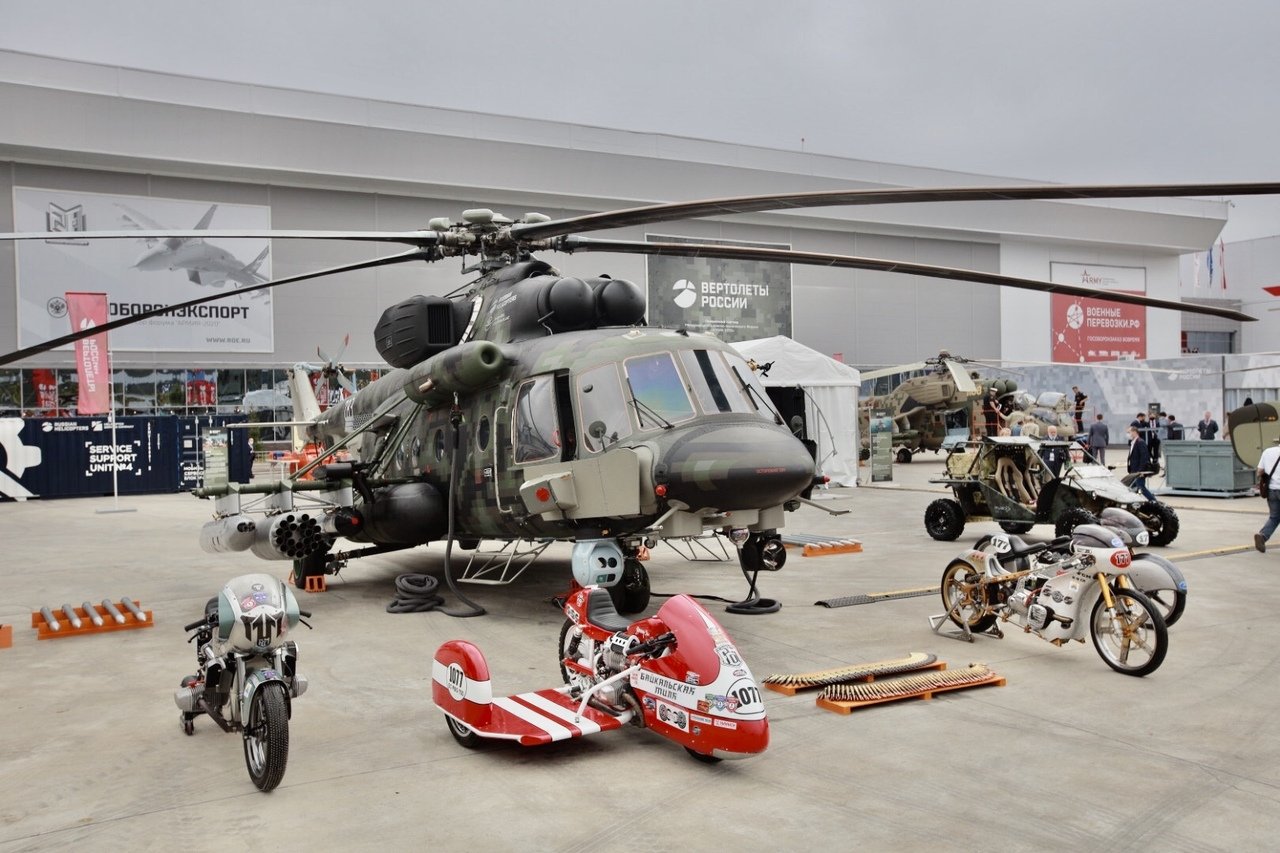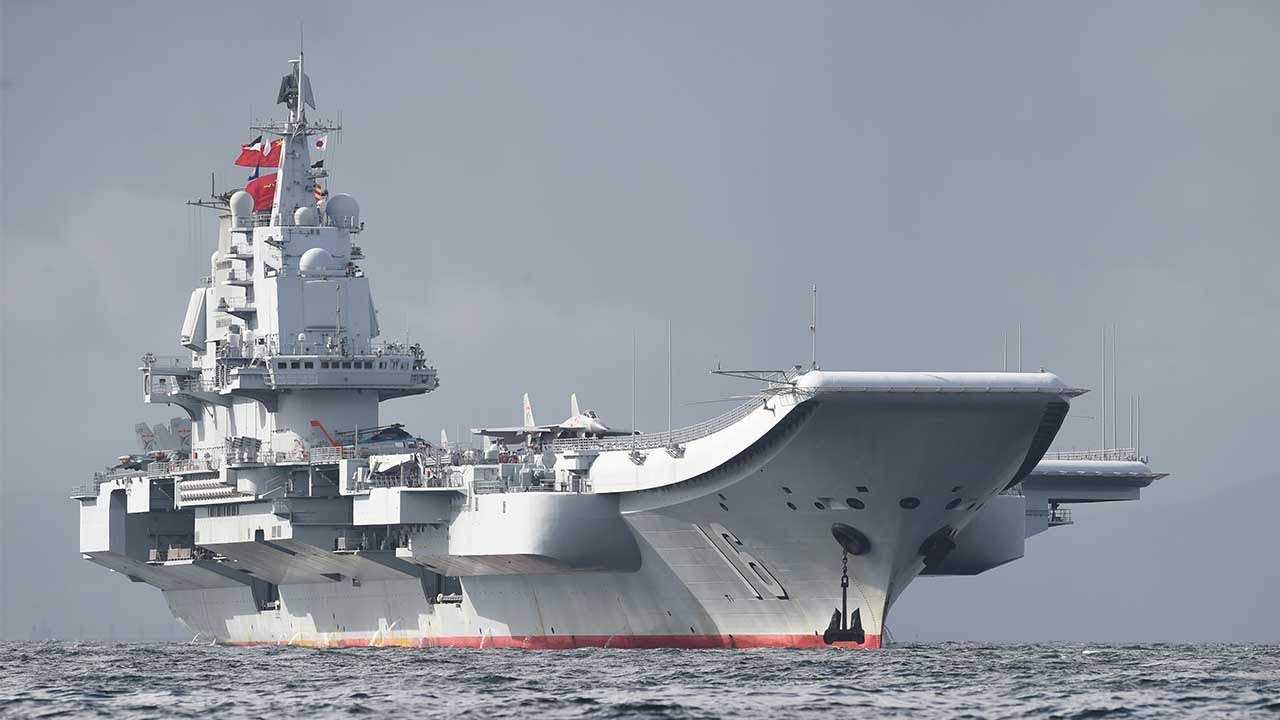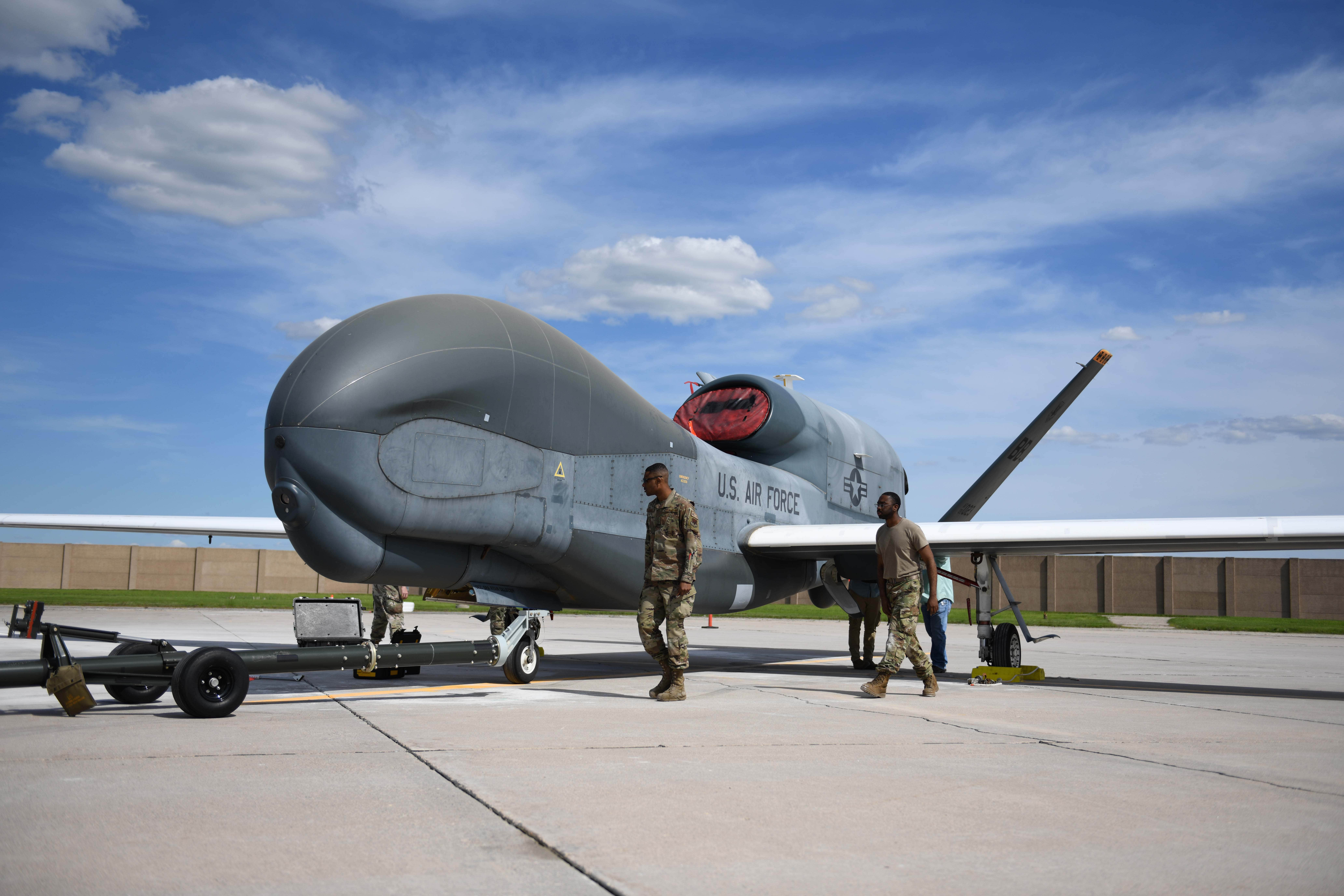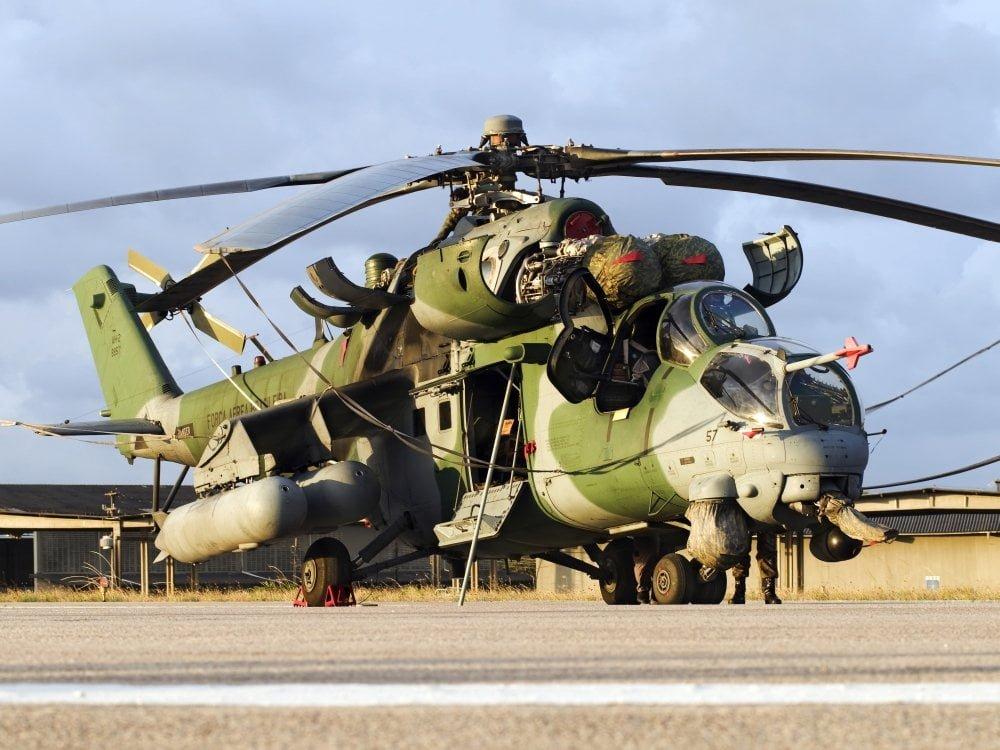
F-35 against F-22. It is easy to compare paper two fighters from different countries and manufacturers. Still, it is much more challenging to pit against each other products of the same company – Lockheed Martin.
Today we compare the two fighters on the following indicators: beyond the visual range, armament, general characteristics, and costs for purchase and maintenance. Each of the hands includes interesting facts about the two fighters, so let’s get started.
F-35 vs. F-22 – beyond visual range (BVR)
Beyond the visual range, it covers several indicators, most notably the two fighters’ striking power and radar capabilities.
The F-35 is armed with a French-made MBDA Meteor missile, while the F-22 is armed with its American equivalent, the AIM-120 AMRAAM. Both missiles develop a speed of Mach4, but the French Meteor has a more excellent range of destruction (100 km) than the American AIM-120 AMRAAM (75 km). It may sound logical since the US and France manufactured the two missiles in different decades, which means that the weapons used are improving with the advancement of military technology.

The radar capabilities of the two fighters are also exceptional. The F-22 uses AN / APG-77 radar, which Northrup Gruman developed. The F-35 is equipped with AN / APG-81 from the same manufacturer and is a successor to the AN / APG-77. But as we have already guessed, the word “successor” means that much newer technology with many improvements, such as improved air-ground modes, better high-resolution mapping, indication, and tracking of multiple terrestrial moving targets, identification of battles, an electronic warfare system, and ultra-high band communications.

Despite the apparent advantage of the F-35 in the indicators described above, the F-22 has one advantage – the service life of everything described above is longer than the “new products” of the F-35. However, this is not enough. The F-35 wins this category due to its higher technical performance.
As we have said, armament in cruise missiles out of sight gives the F-35 an advantage. This case is not the same situation in the “flying” category.

The F-22 is more maneuverable than its counterpart. Technologically, the F-22 is better equipped, as it is a fighter designed for use only by the US Air Force. Simultaneously, the F-35 is an international project, and part of the technology is not in total capacity.
But let’s take other indicators, such as speed when climbing. The F-22 climbs 315 m / s, while the F-35 travels 230 m in a single Sunda. The maneuverability of the American F-22 engineers is estimated at 9.4 out of 10 possible, while the F-35 is only 8.5 points. The same situation is with the two fighters’ avionics – an advantage for the F-22 (9.4 / 10) over the F-35 (8.5 / 10).
The F-22 has more traction (1.26) than the F-35 (1.07). In terms of speed, the advantage of the F-22 is huge – 2.25 Mach against only 1.60 Mach. Despite these indicators, it assumes that the F-22 will consume more fuel, but this is not the case – 0.47 km / l – 1.10 NM/gallon for the Raptor against 0.80 km / l – 1.68 NM/gallon for the F-35.
These indicators are more than enough to conclude that the F-22 is the clear winner in this category.
Equal indicators. Both fighters cannot take the lead over each other due to uniform characteristics. Just look: cannon – GAU-22 / A, caliber (mm) – 20 mm, rate of fire (rpm) – 4200, muzzle velocity – 1000 m / s, AAM (first) – AIM-9X, operational range- 0.2 – 50 km and others. I.e., both fighters use the same equipment.
It is simply impossible with the data thus provided for one of the two to come forward even by a span. The F-22 and F-35 receive zero points in this category.
F-35 vs. F-22 – costs
There are significant differences in this category, and it will tip the scales in one of two directions.
The base price of the F-22 for one fighter is $ 250 million, while the F-35 is $ 180 million. The cost of an hour’s flight is also high – the F-22 costs about $ 61,000, while the F-35 only $ 43,000, with Lockheed Martin promising to reduce that amount to $ 25,000 within five years.
In terms of length, wingspan, wing area – F-35 with a little, but has better performance. It is also lighter. The only advantage in this category of F-22 is perhaps the more powerful engine, which may be an advantage today.
F-35 wins in this category and the match against F-22.
Conclusion
The F-35 is better than the F-22 today and now. This victory does not mean that if for some reason, both aircraft stand in the air one day, the F-35 will be the clear winner. It is impossible to take into account the most critical factor in such a comparison – the pilots’ skills and current state.
However, the F-22 is not a “closed business.” He is said to have some chance of remaining in service, as he is the only real interceptor fighter in the US military, while the F-35 is a fifth-generation multi-role fighter for dominance in the air.





